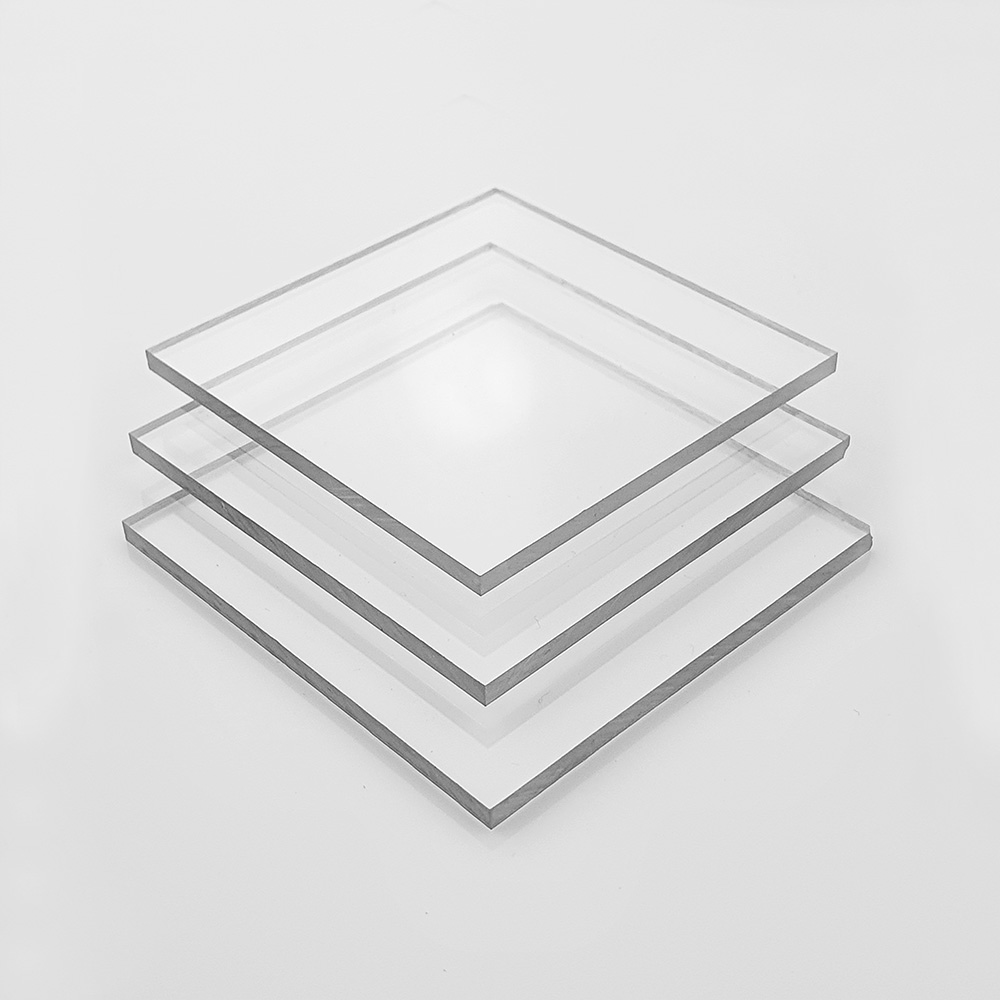In the world of clear plastic sheets, two high-performance products consistently draw attention: Polycarbonate and PETG. Both of these materials are lauded for their unique advantages across diverse applications. While they share similarities, each boasts distinct characteristics making them suitable for specific scenarios. This article delves into a detailed comparison to help you understand which one might be the right choice for your requirements.
Introduction to Polycarbonate
Polycarbonate stands out as a high-performance material celebrated for its incredible strength and durability. It’s impressive that polycarbonate sheets are up to 200 times stronger than glass. Additionally, they’re almost invulnerable to breakage, a feature that becomes particularly advantageous in demanding environments. This material also offers excellent clarity and light transmission, mirroring the aesthetics of natural glass.
Another advantage of polycarbonate is its versatility. It can be thermoformed, cut, drilled, and glued, ensuring it meets the varied requirements of projects. Although it showcases several strengths, users should be aware of polycarbonate’s potential to yellow when exposed to the sun over extended periods.


Introduction to PETG
PETG is another front-runner in the clear plastic world. It’s particularly known for being more impact-resistant than polycarbonate, absorbing about 70% of the impact strength. This resilience makes PETG sheets a preferred choice for applications where safety and durability are paramount. They can be easily moulded, thermoformed, and offer high clarity, much like their polycarbonate counterparts.
Comparing the benefits of Polycarbonate & PETG
Strength and Durability: While polycarbonate might appear superior in terms of sheer strength, PETG is renowned for its impressive impact resistance, absorbing about 70% of the impact strength that polycarbonate can handle.
Moulding Efficiency: PETG often comes out on top in applications where moulding efficiency is crucial, providing designers and manufacturers greater flexibility in crafting bespoke pieces.
Sun Exposure: PETG has an edge when it comes to resistance against yellowing due to prolonged sun exposure, making it a more suitable choice for outdoor settings.
Application Suitability: PETG’s enhanced impact resistance makes it a preferred choice in high-traffic or commercial areas where potential breakage or damage is a concern.
When to Pick PETG
Choose PETG for its moulding efficiency, resistance to yellowing from sun exposure, and enhanced impact resistance, especially in high-traffic or commercial areas where durability and aesthetics are crucial.
When to Pick Polycarbonate
Opt for polycarbonate when you require superior sheer strength and the highest level of durability, particularly in applications that demand the utmost resilience against breakage or force.


Selecting between Polycarbonate and PETG boils down to the specific requirements of your project. Both materials provide excellent clarity, strength, and durability. If you need guidance on which one to opt for, our experts are here to assist. Additionally, for those keen on precise measurements, do explore our online calculator to estimate the dimensions of the sheeting you require.
For more information on Acrylic, Perspex, MDF, Dibond and Polycarbonate please visit our Guide and Blog sections of the website.
Cut Plastic Sheeting are based on the south Coast in Ivybridge, Devon UK. We have a full manufacturing facility which enables us to offer Cut To Size Acrylic as well as Cut To Size MDF. Shop our full range of products, including our Clear Acrylic, coloured acrylic and more recent MDF Wood Sheet ranges.
Our Team are always here to help with any enquiry, please send us an email or for more urgent needs give us a call – Contact Us



